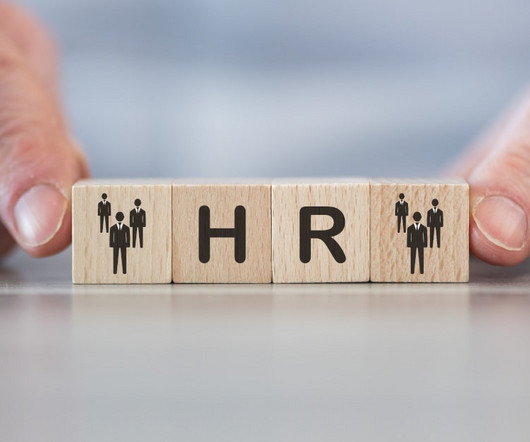The Latest BLS Data Reinforces HR Leaders’ Top Priorities for 2023 (i4cp login required)
i4cp
JANUARY 6, 2023
This included the JOLTS (Job Openings and Labor Turnover Summary) data on Wednesday , and The Employment Situation report on Friday. As shown at right, that quit rate remains far above any month from 2001-2021. in November—essentially the same rounded number it has been all of this year, and lower than any year from 2001-2021.
















Let's personalize your content